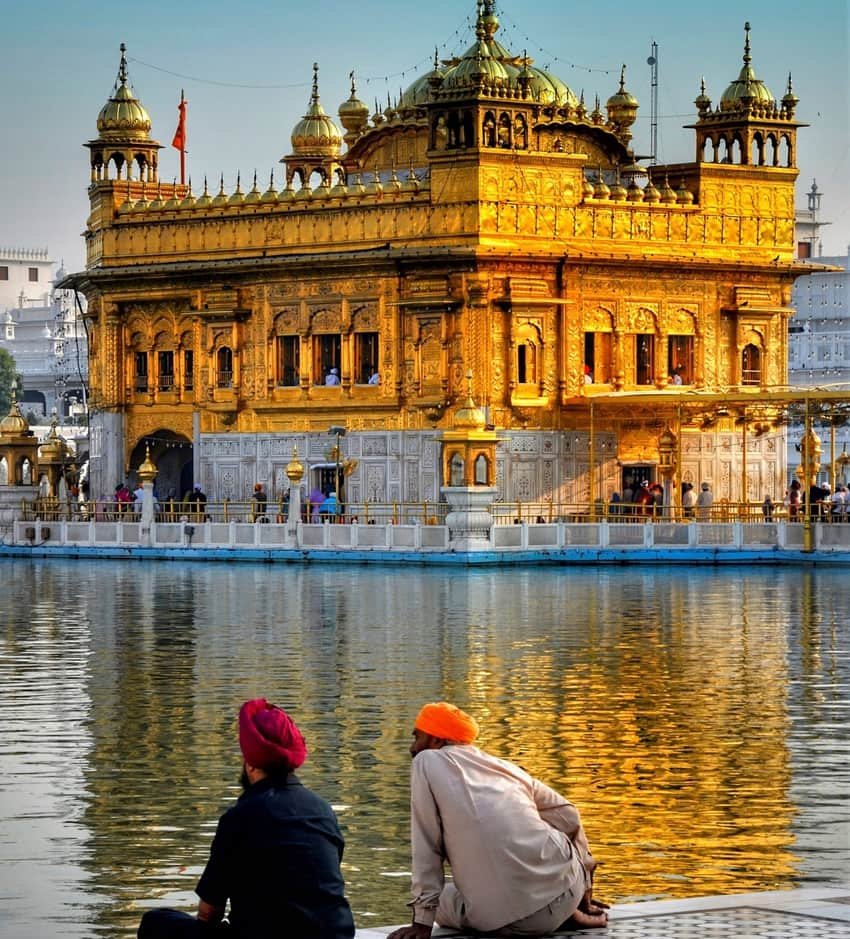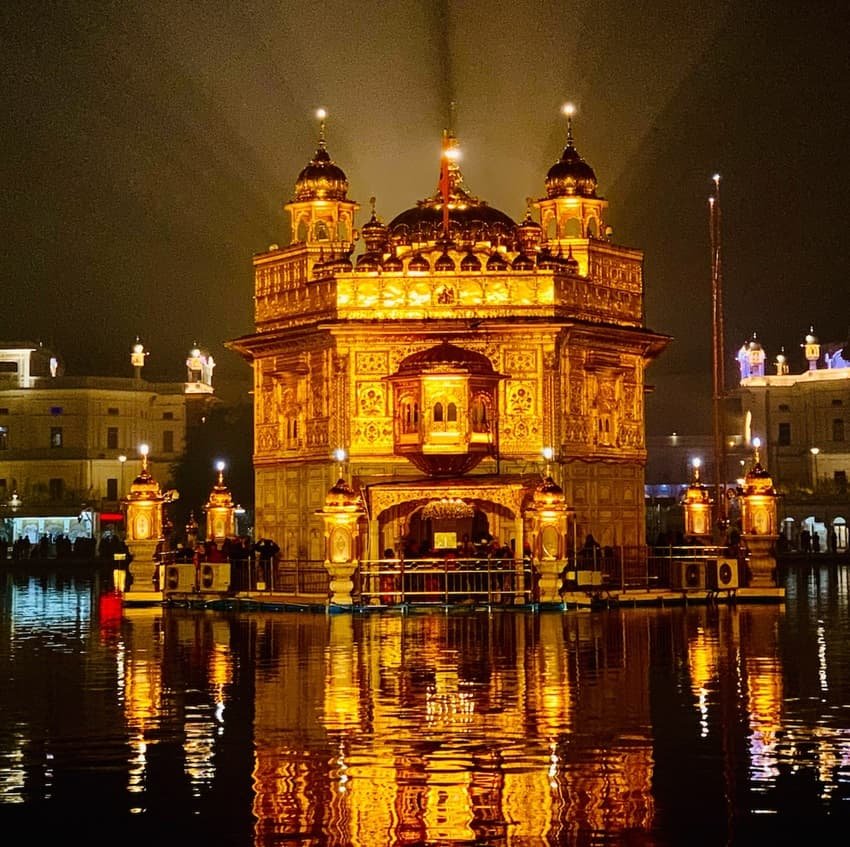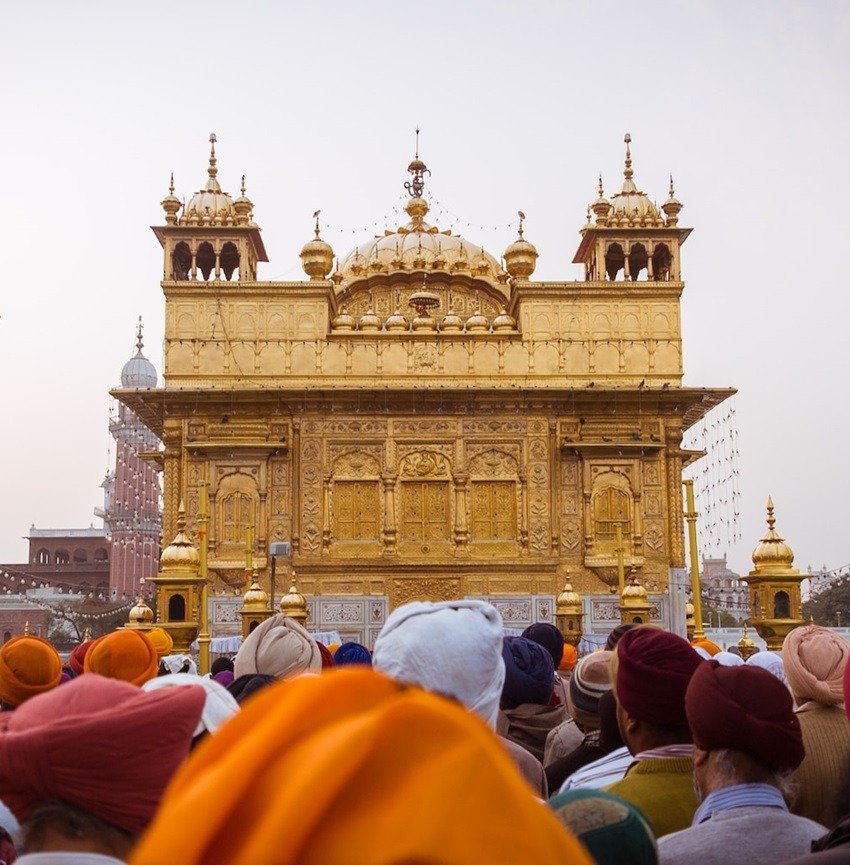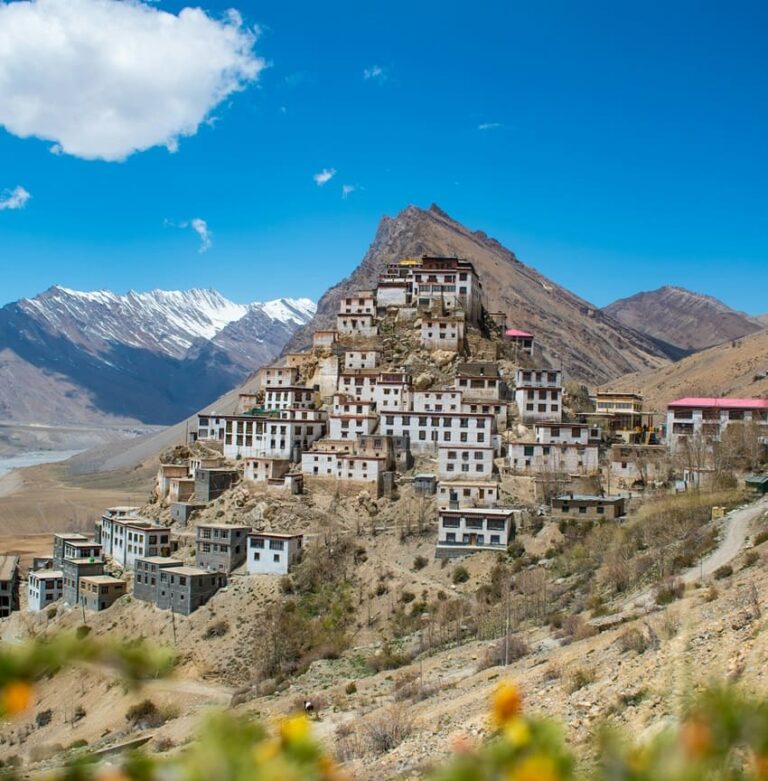Golden Temple in Amritsar: Beauty of Sri Harmandir Sahib
Last Updated on 5th December 2023 by admin
Introduction
The world-famous Golden Temple (located in Amritsar, Punjab i.e. in Northern part of India), one of the greatest religious places. The Golden Temple, officially known as Sri Harmandir Sahib, is the holiest shrine of the Sikh faith. It is a magnificent architectural marvel that attracts millions of pilgrims and tourists from around the world each year.
History of the Golden Temple
The Golden Temple was built in the 16th (1581) century by Guru Arjan Dev, the fourth Sikh Guru. He constructed a central pool, known as the Amrit Sarovar, which became a focal point for spiritual practice and communal gatherings. The temple was originally called Harmandir Sahib, which means “the abode of God.” The name “Golden Temple” was given to it in the 19th century because of its gilded exterior.
Throughout its history, the Golden Temple has faced trials and tribulations. In 1609, Guru Arjan Dev was imprisoned and martyred at the orders of Mughal emperor Jahangir for his unwavering opposition to religious persecution. In the 18th century, the temple endured further destruction at the hands of Afghan invaders. However, Sikh warriors, known as the Khalsa, meticulously restored it each time.
In the early 19th century, Maharaja Ranjit Singh, the founder of the Sikh Empire, played a pivotal role in the Golden Temple’s transformation. He commissioned a magnificent reconstruction, using marble and copper overlaid with gold foil.
The Golden Temple has been destroyed and rebuilt several times throughout its history. In 1984, the temple was heavily damaged during Operation Blue Star, an Indian military operation to remove Sikh militants from the temple complex. The temple was later restored to its original glory.
Architecture of the Golden Temple
The design of Sri Harmandir Sahib, is a magnificent architectural marvel that blends elements of Hindu-Rajput and Indo-Islamic styles. Its design is deeply symbolic and reflects the core principles of Sikhism. The temple itself is a four-story structure made of white marble and granite. Its design is deeply symbolic and reflects the core principles of Sikhism.
Key Features of the Golden Temple’s Architecture
-
Central Shrine: The central shrine, Harmandir Sahib, is a two-story structure built on a square platform in the middle of the Amrit Sarovar, the sacred pool. The lower level is made of marble, while the upper level is gilded with gold leaf, giving the temple its iconic golden appearance.
-
Amrit Sarovar: The Amrit Sarovar, meaning “pool of nectar,” is a sacred pool that surrounds the central shrine. It is considered a holy place for Sikhs to bathe and perform ablutions. The pool’s water is believed to have purifying and healing properties.
-
Four Entrances: The Golden Temple has four entrances, each facing a different direction. This symbolizes the temple’s openness to people from all walks of life and their ability to approach the divine from any direction.
-
Golden Dome: The Golden Temple’s crowning glory is its golden dome, which sits atop the central shrine. The dome is adorned with intricate floral patterns and is a symbol of Sikhism’s emphasis on spiritual enlightenment and divine guidance.
-
Marble Parikrama: The marble parikrama, or walkway, surrounds the central shrine and the Amrit Sarovar. It provides a path for devotees to circumambulate the holy site, offering prayers and reflecting on their spiritual journey.
-
Intricate Artwork and Decor: The Golden Temple is adorned with intricate artwork and decorative elements, including marble inlay, gold leaf, and colorful frescoes. These elements reflect the rich artistic traditions of the Indian subcontinent and contribute to the temple’s awe-inspiring beauty.
The Golden Temple’s architectural style is a testament to the rich cultural heritage of India and the unique identity of Sikhism. It stands as a symbol of peace, unity, and spirituality, inspiring people worldwide.
The True Meaning of “Harmandir Sahib”
The famous Golden Temple is located in the center of “Harmandir Sahib” (also known as Harimandir Sahib). The spiritual destination also starts when one comes to know about “Hari” that means “the supreme power” and “mandir” that means “temple”. Therefore, Harmandir Sahib is the temple of supreme power that one can feel by sitting there near to the golden temple.
Guru Sahib’s sacrifice to feel the energy of spiritualism
Fifth Sikh Guru Arjan Dev who laid the foundation stone of Golden Temple illustrates to us that how the spiritualism is produced from sacrificing the life to sit above the place of firework. It was the month of June when Guru Sahib was punished to face the warmth of the fire. How the legs of Guru Sahib are burnt and Guru Sahib feels nothing because he himself thinks that he is in nothingness where the joy of spiritualism can be implemented.
Visiting the Golden Temple
Visiting the Golden Temple is a profoundly enriching experience that offers a glimpse into the heart of Sikhism. The Golden Temple is open 24 hours a day, seven days a week. Visitors are welcome to visit the temple at any time. However, the temple is busiest in the morning and evening hours. Here’s a comprehensive guide to planning your visit:
Planning Your Trip
-
Time to Visit: The Golden Temple is open 24 hours a day, 7 days a week. However, the most popular times to visit are during the early morning for the opening ceremony (Palki Sahib) or in the evening for the closing ceremony (Ardas).
-
Dress Code: Respectful attire is essential. Avoid shorts, sleeveless tops, or low-cut clothing. Cover your head with a scarf or bandana, and remove your shoes before entering the temple complex.
-
Langar: The temple offers a free vegetarian meal, known as langar, to all visitors. It’s a wonderful opportunity to experience Sikh hospitality and community spirit.
Preparation and Conduct
-
Respectful Conduct: Maintain a respectful and silent demeanor within the temple complex. Avoid loud conversations, photography, or using mobile phones inside the sanctum sanctorum.
-
Head Covering: Cover your head with a scarf or bandana as a sign of respect. You can also borrow one from the kar seva (volunteer service) stall near the entrance.
-
Footwear Removal: Remove your shoes before entering the temple complex. There are designated shoe racks for storing footwear.
Experiencing the Temple
-
Amrit Sarovar: Take a dip in the Amrit Sarovar, the holy pool surrounding the temple, to experience its spiritual cleansing power.
-
Holy Scriptures: Listen to the recitation of the Guru Granth Sahib, the Sikh holy book, performed by granthis (scriptural readers).
-
Langar: Participate in the langar, the communal meal, to experience the Sikh tradition of hospitality and equality.
-
Golden Dome: Admire the intricate marblework and gold leaf adorning the temple’s majestic dome.
-
Surroundings: Explore the temple complex, including the Central Sikh Museum, which showcases Sikh history and artifacts.
Additional Tips
-
Photography: Photography is allowed outside the sanctum sanctorum, but avoid using flash or disturbing other visitors.
-
Volunteer Service: Consider volunteering for kar seva, the temple’s volunteer service, to contribute to the upkeep and maintenance of the sacred site.
-
Respectful Interaction: Interact with Sikhs respectfully, and be mindful of their customs and traditions.
-
Local Guide: Consider hiring a local guide to gain a deeper understanding of the temple’s history, significance, and rituals.
Celebrating Festivals in Golden Temple
Throughout the year, the temple comes alive with vibrant festivals that celebrate the rich traditions and history of Sikhism. Here are some of the most important festivals celebrated at the Golden Temple:
-
Guru Nanak Jayanti: This festival marks the birth anniversary of Guru Nanak Dev, the founder of Sikhism. It is celebrated on the full moon day of the month of Kartik (October-November). During the festival, the Golden Temple is decorated with lights and flowers, and there is a continuous recitation of the Guru Granth Sahib, the holy book of Sikhism.
-
Baisakhi: This festival marks the establishment of the Khalsa, the Sikh community, by Guru Gobind Singh Ji in 1699. It is celebrated on the first day of the month of Vaisakh (April-May). During the festival, there is a procession called the Nagar Kirtan, which carries the Guru Granth Sahib through the streets of Amritsar.
-
Diwali: This festival of lights is celebrated by people of all faiths in India. At the Golden Temple, the festival is celebrated with special lighting arrangements and fireworks.
-
Maghi: This festival marks the beginning of the harvest season in Punjab. It is celebrated on the last day of the month of Maghar (January-February). During the festival, there is a large fair held at the Golden Temple complex.
In addition to these major festivals, there are many other smaller festivals and celebrations that take place at the Golden Temple throughout the year. These celebrations provide opportunities for Sikhs to come together and celebrate their faith and culture.
If you are planning to visit the Golden Temple during a festival, it is important to be aware of the crowds and make your arrangements accordingly. You may also want to learn more about the specific customs and traditions of the festival you are attending.









